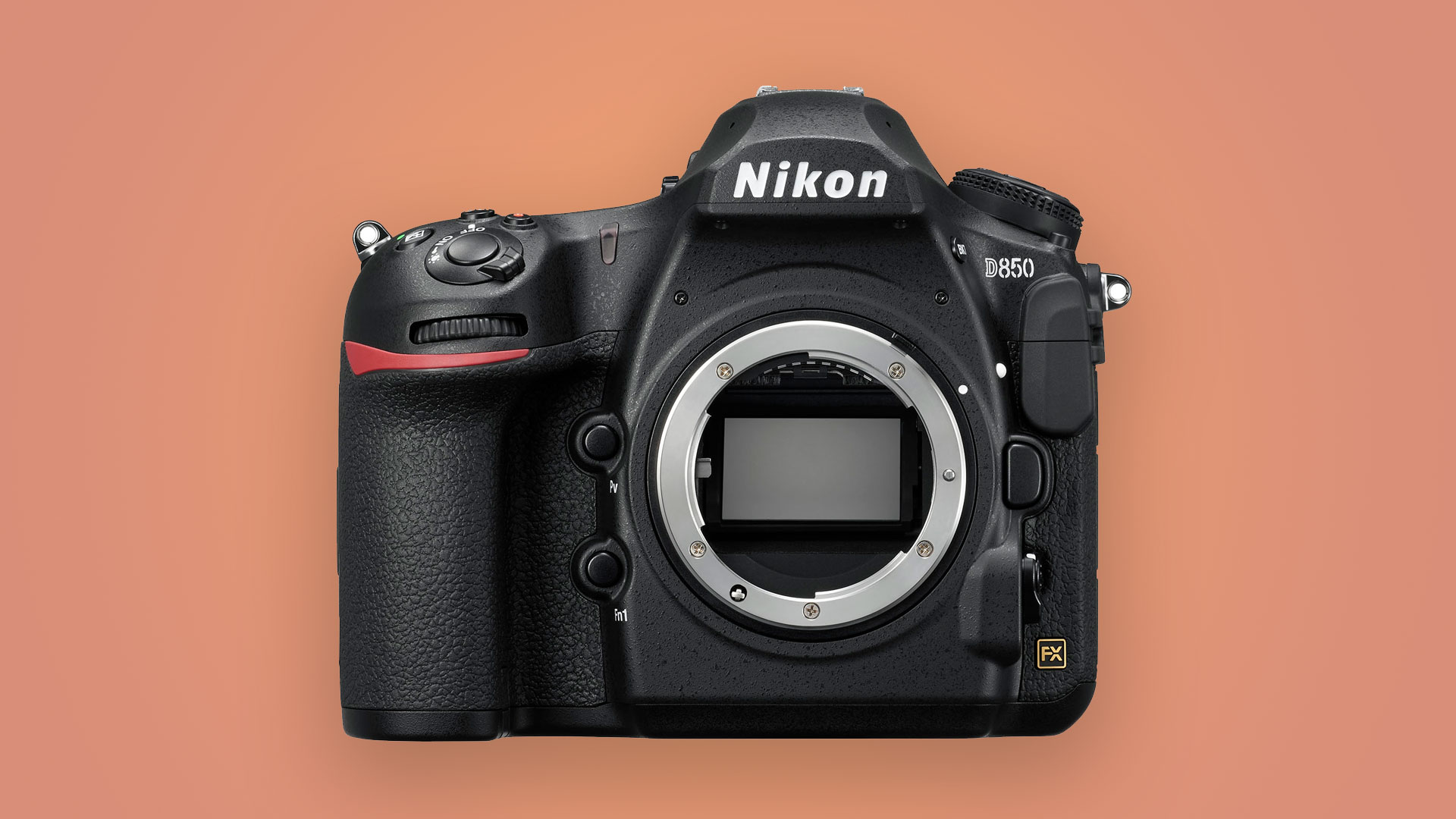Space Verdict
A 45.4MP monster, the Nikon D850 will capture every single star you can possibly see and then some thanks to its wide ISO range
Pros
- +
Great high-resolution stills
- +
Excellent dynamic range in photographs
Cons
- -
Bulky compared to mirrorless equivalents
- -
Optical viewfinder limits composition of dark night skies
Why you can trust Space.com
As far as full-frame DSLR cameras go, the Nikon D850 is one of the best you can buy. With a whopping 45.4MP image sensor and the ability to record full-frame 4K video, it’s a powerhouse of hybrid shooting for stills and videographers alike capable of capturing every star in the sky.
While not as extravagant as the elite Nikon D6, it’s probably the second-best DSLR camera Nikon produces, and one of the best cameras for astrophotography. A strong magnesium alloy body and excellent weather sealing mean the D850 is lightweight and sturdy. Built to last, it’ll take a real beating before it starts developing any problems.
The Nikon D850 shouldn't be limited to its astro capabilities, though; we've rated it best budget camera in our best cameras guide, so if you're looking for a great, budget-friendly all-rounder, you've found a good contender.
Type: DSLR
Sensor: 45.4MP
Lens mount: F-mount (FX)
ISO range: 64 - 25600 (extendable to 32 - 102400 equiv)
Viewfinder size/resolution: Optical, 0.75x
Video capability: 3840 x 2160 (4K UHD); 30p
Weight: 2 lb 3.5 oz
Size (body only): 5.8 x 4.9 x 3.1 in
Memory card type: XQD, SD, SDHC (UHS-II compliant), SDXC (UHS-II compliant)
The D850 has good low light autofocusing ability and comes with myriad options for changing stills size and file format which is ideal for professionals and everyday users alike that want to save space (those 45.4MP files are massive) or shoot for a specific output.
Backlit illuminated buttons and a tilting touchscreen make it easy to use the D850 in the dark without having to break out the torch. Compatible with almost every F-mount lens Nikon has produced (as most Nikon cameras are) there’s a huge stack of lenses to use with this camera.
A huge ISO sensitivity range and good noise-handling ability make the Nikon D850 especially suited to astrophotography, but it also does a lot of other things extremely well too. It’s a camera that’s a master of all trades, rather than a jack, and crushed the competition when it was released back in 2017.
Nikon D850 review: Design
- Flip-out touchscreen
- In-built viewfinder cover
- Useful autofocus thumbstick
If you’ve ever struggled to operate a camera while out in the pitch black, under the darkest of skies, then you’ll know the plight of having to turn on the head torch to see what you’re doing, destroying night vision at the same time. Thankfully, Nikon has thought of this and placed back-illuminated buttons on the D850. To engage them, just press the "on" button and then give it an extra pull to toggle the illumination on or off.


This kind of next-level design work is seen all over the body. Take a look at the optical viewfinder and you’ll see an in-built viewfinder cover that swivels across to block extraneous light and therefore prevents metering problems from head torches, street lights, or traffic headlights.
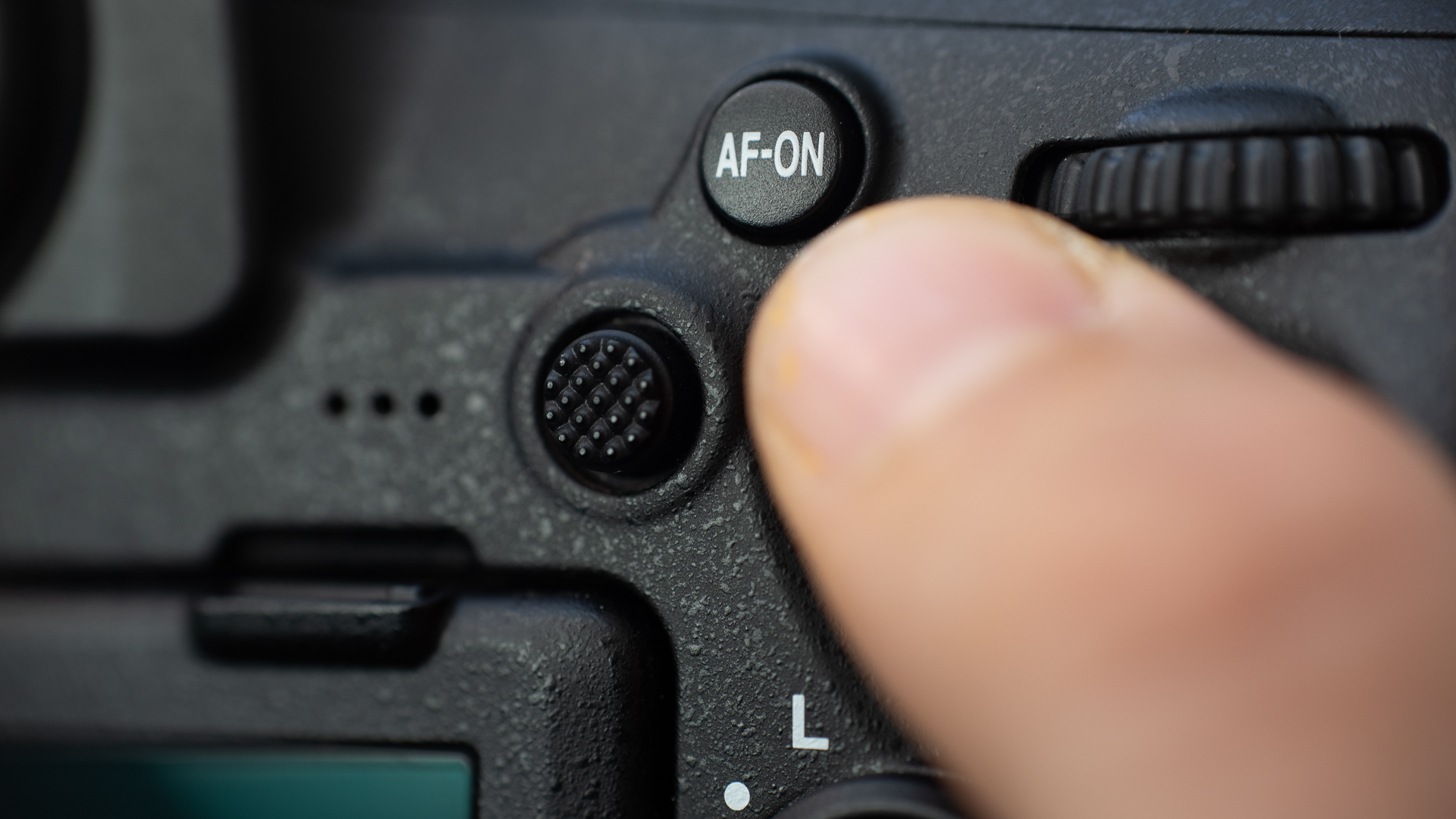
A textured sub-selector placed exactly under the thumb aids in repositioning the autofocus point quickly, even in wet conditions or when wearing gloves. It moves in all directions and diagonally meaning quicker AF-point moving to nail the focus.
Nikon D850 review: Functionality
- Lots of easy to access buttons and switches
- Touch Screen makes changing settings a doddle
- Backlit illuminated buttons
Everything on this DSLR body has been designed with professionals in mind. That means it’s capable of withstanding heavy use, in extreme conditions. Weather-sealed and made from magnesium alloy it can shoot in colder temperatures stated in the manual as 0 °C to 40 °C (+32 °F to 104 °F), but we’ve tested it to colder temperatures than this and it’s worked fine.
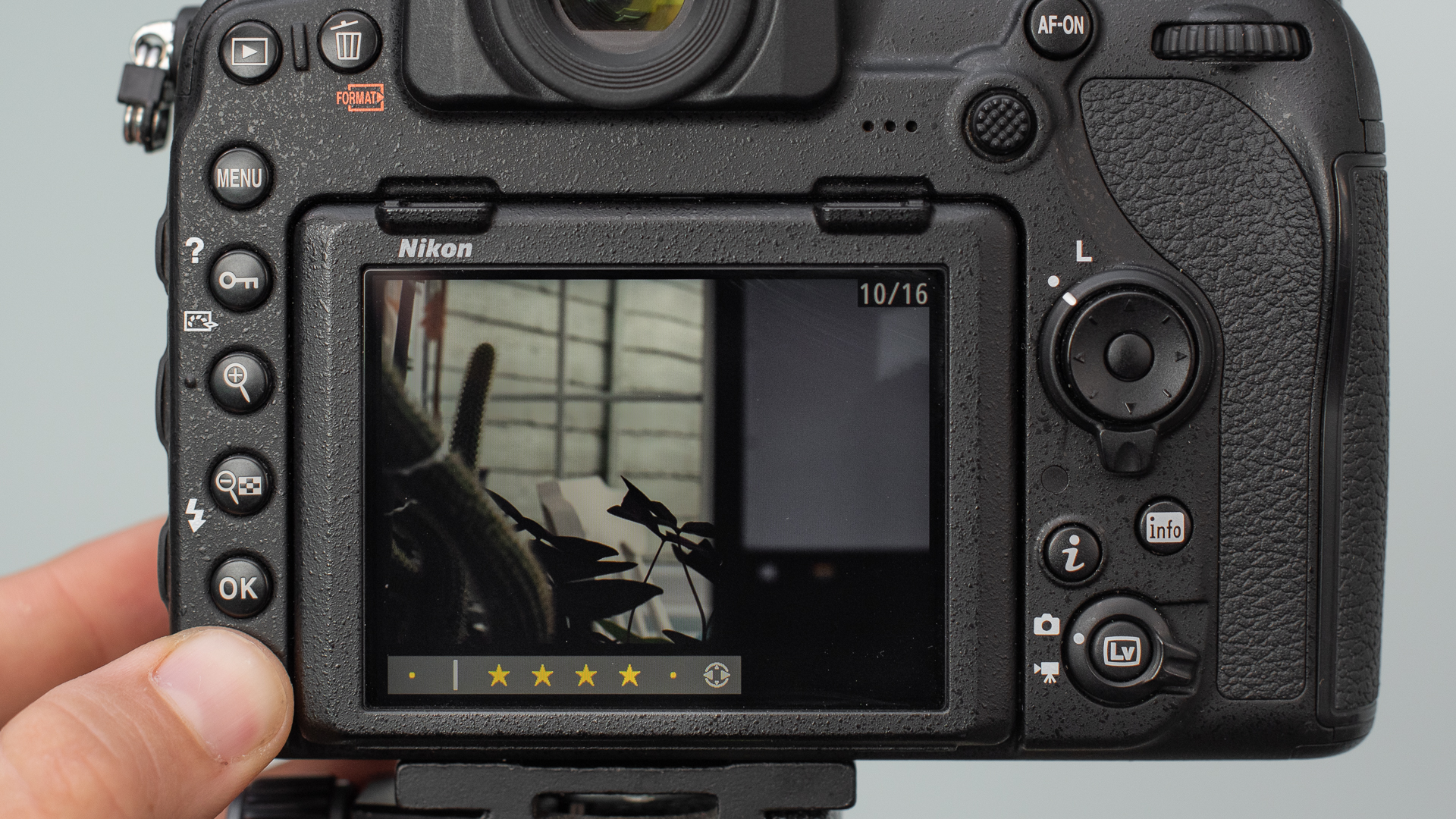
Its flip-out touchscreen is also a good step forward thanks to the ability to scroll through hundreds of photos in an instant by dragging the finger along the bottom of the screen. It’s also easy to rate the images you want to keep by reviewing the images and then holding down the Fn2 button while selecting the star-rating using the multi-selector. Not only will this give you a good visual clue of which images to keep while operating the D850, but it also translates to image editing software such as Lightroom to make editing faster later on.
Nikon D850 review: Performance for astrophotography
- Wide-ranging ISO sensitivity
- Autofocus detection range down to -4EV
- In-built timelapse feature
The D850’s wide-ranging ISO sensitivity makes it ideal for astrophotography and low light shooting; run it from anywhere between ISO 64-25600 to basically see in the dark. You can push it even further with the expandable option, and though dynamic range gets poorer and high ISO noise becomes more of a problem, it can still reach up to an equivalent of ISO 102400.
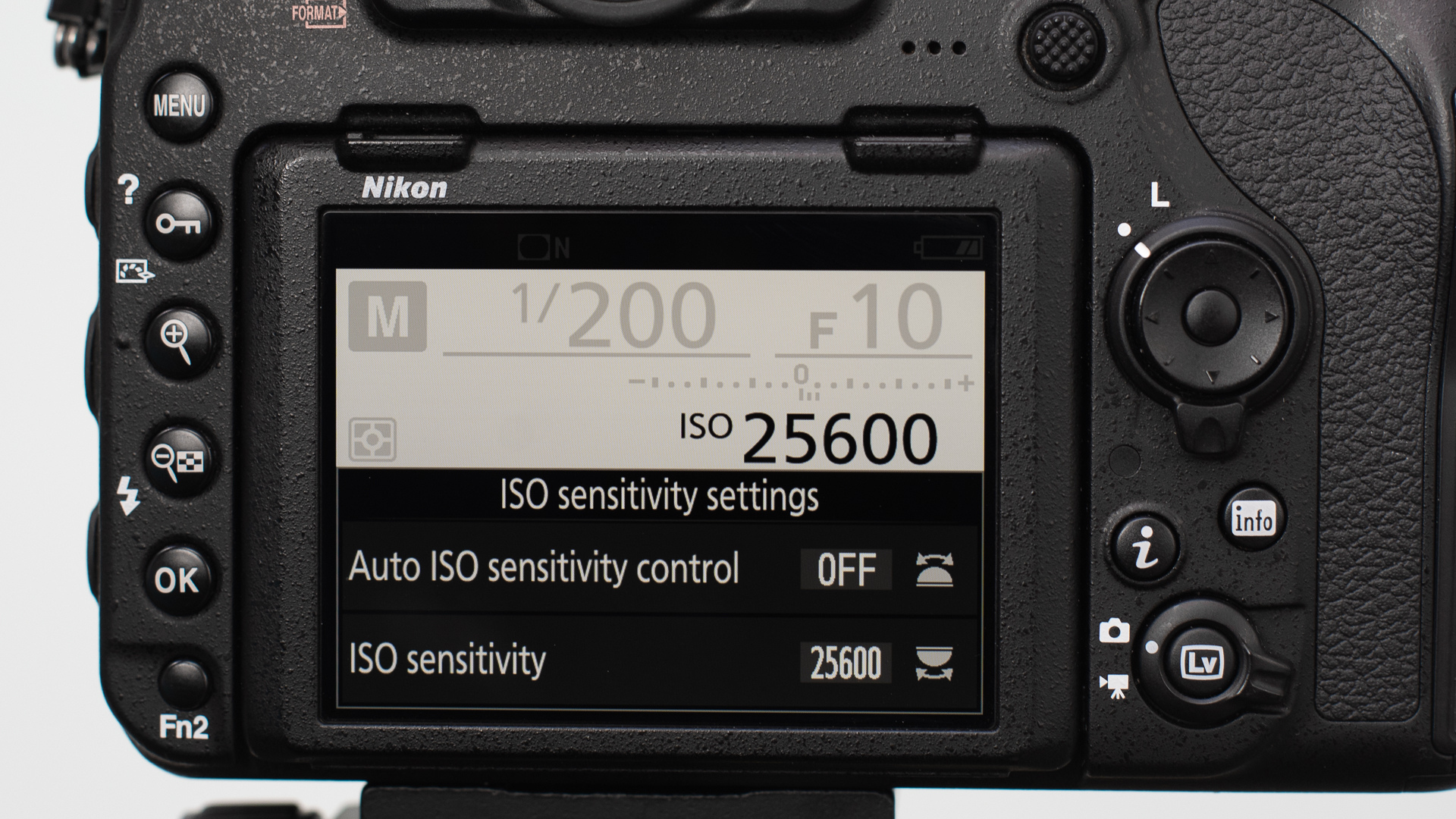
Focusing is notoriously difficult in astrophotography, but thankfully the D850’s autofocusing detection range can reach down as low as -4EV. While it might not be quite enough to autofocus in a vast, dark sky, it will be enough to lock on to a distant lighthouse or torchlight for pin-sharp results.
Kit lens: AF-S NIKKOR 24-120mm f/4G ED VR
Best wide lens: AF-S NIKKOR 24-70mm f/2.8E ED VR
Best zoom lens: AF-S NIKKOR 70-200mm f/2.8E FL ED VR
Spare battery type: EN-EL15b
Memory card: Sony G-Series XQD Card
Video is just as important as still astro shots. Fortunately, the Nikon D850 is mightily capable in this area as well. It can shoot up to full-frame 4K video resolution at 30p for breathtaking movie clarity. Focus peaking helps to focus in the most difficult of situations, and if you need to take things slowly, just dial down to HD video quality and you can shoot at 120FPS for slow-motion videography with incredible detail capture.
If you’re taking the time to capture video of the stars it’s much better to opt for a timelapse because it takes so long for the stars to move across the sky. Thankfully, the D850 has an in-built timelapse feature that takes care of everything for you. Titled “Interval timer shooting” in the photo shooting menu, you can set up start day/time, the interval length (how much time it takes between shots), and how many shots it will take during the interval timer shooting so that you can sit back and relax while it captures all things galactic. It captures a series of still images that users can then process to eke out as much detail as possible before converting them into a video - this is the preferred way of capturing astro time-lapses as the raw data is much more flexible than its video capture.
- Related: Astrophotography time-lapse tips
Should you buy the Nikon D850?
Just about the best DSLR for professional use without paying through the nose for the D6, the Nikon D850 produces high-resolution still photographs and records full-frame 4K video at 30p. Paired with high-quality lenses, it’ll give outstanding clarity to photographs. A good low light AF detection range means it’s suited to twilight landscapes, while the expandable ISO range makes it ideal for astrophotography as well.
Capable of hybrid shooting, capturing both stills and video to a professional level, it’s a fantastic piece of kit to have in the camera bag, though most users that are up-to-date with the latest equipment have now moved on to mirrorless, specifically either the Nikon Z6 or Z7 II. Still, if you’re up for shooting with a DSLR with impeccable tech specs and a robust, weather-sealed body that won’t ever let you down, the D850 is a magnificent option.
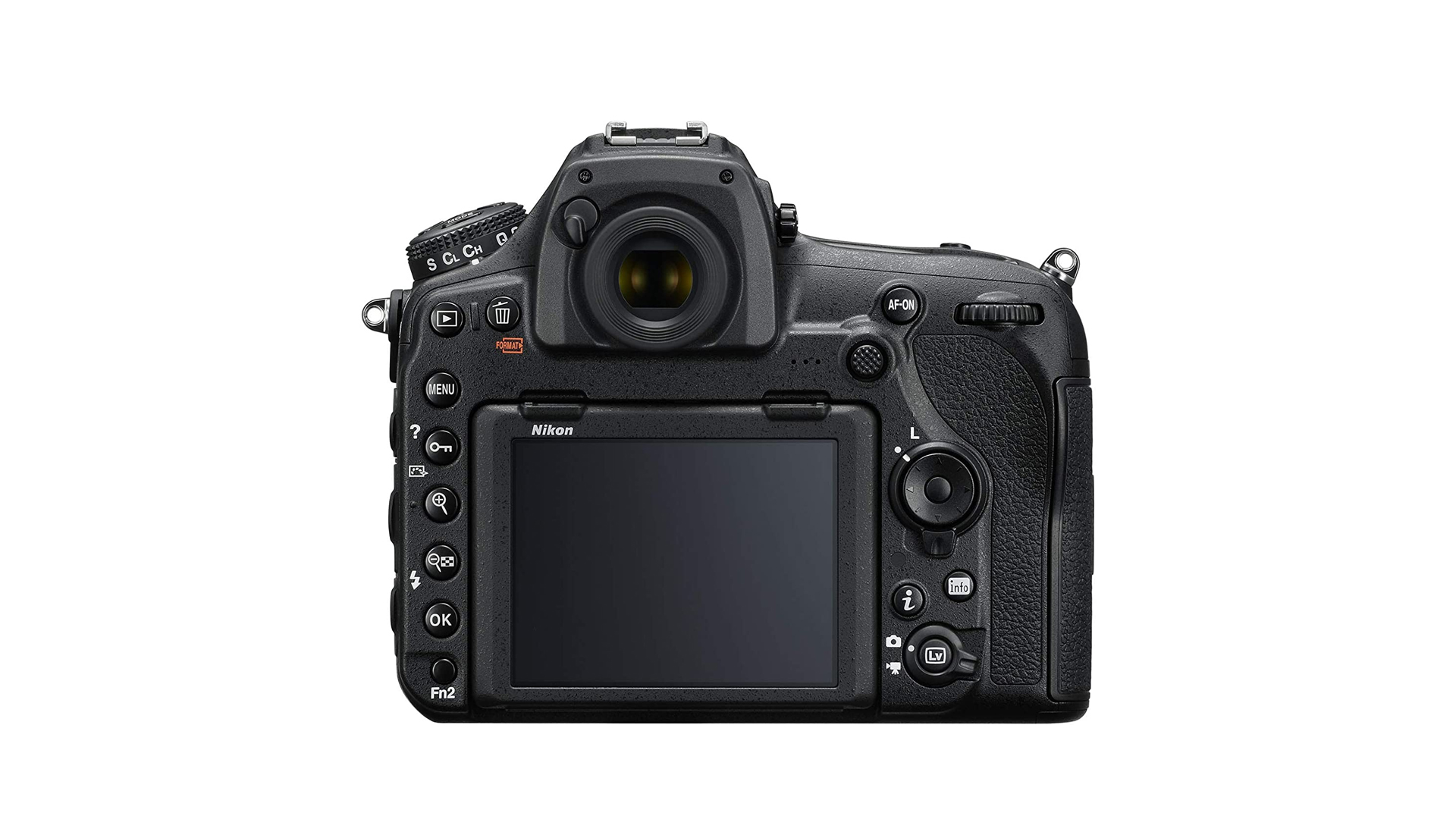
If this product isn’t for you
Excellent though it is, the D850 might not be the right camera for you. The latest mirrorless offerings from Nikon include the Nikon Z6 and the Z7 II which cram almost everything the D850 has going for it into a smaller, more compact body with lighter and sharper lenses as well. Add the fact that Nikon’s mirrorless cameras can also use F-mount lenses thanks to the FTZ mount adapter and there aren’t too many reasons why, if you’re buying brand new today without already owning some F-mount kit, you would want to opt for the Nikon D850, especially since they have five stops of in-body image stabilization (VR) too.
If you’re not fussed about having a full-frame camera body though, the Nikon D7500 is a safe bet, at less than half the cost of the Nikon D850 it still delivers with flagship DX image quality thanks to the inherited tech from the D500 and ample 20.9MP sensor. The D7500 is also perfect for low light as it captures ISO 100-51200 which is extendable up to ISO 1640000 (equivalent).
If you are a beginner looking for an entry-level camera, Nikon caters to you too with the Nikon D3500, its latest beginner DSLR camera.
Join our Space Forums to keep talking space on the latest missions, night sky and more! And if you have a news tip, correction or comment, let us know at: community@space.com.

Jase Parnell-Brookes is the Managing Editor for e-commerce for Space and Live Science. Previously the Channel Editor for Cameras and Skywatching at Space, Jase has been an editor and contributing expert across a wide range of publications since 2010. Based in the UK, they are also an award-winning photographer and educator winning the Gold Prize award in the Nikon Photo Contest 2018/19 and named Digital Photographer of the Year in 2014. After completing their Masters degree in 2011 and qualifying as a teacher in 2012, Jase has spent the last two decades studying and working in photography and publishing in multiple areas, and specializes in low light optics and camera systems.
Watch senator grill Jared Isaacman, Trump's pick for NASA chief, about Elon Musk's involvement in his job interview (video)
Trump administration's NOAA layoffs affected the space weather service that tracks solar storms
April's Full Pink Moon will rise as a 'micromoon' this weekend — what to expect from the smallest full moon of 2025
